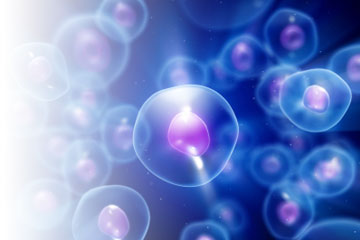APA News
-
UK researchers develop control material to improve GM rice testing

Genetically modified foods are those produced using genetically modified organisms (GMOs) and specifically genetically modified crops.
GMOs have had specific changes implemented into their DNA by genetic engineering techniques where an organism is treated to radiation or chemicals to create a non-specific but stable change.
Under European law, laboratory tests are required for all imported rice products imported from China.There are no GM rice varieties approved for use in the EU; however, there are reportedly more than 25 varieties that may be a source of contamination.
A process is in place to identify the safety of GM food in the EU and all the rice consignments imported into the EU from China are screened for the presence of specific molecular markers that are associated with genetic modification.
If GMOs are detected, the consignments are destroyed or re-dispatched to their country of origin.
The P-35S promoter sequence, which is derived from Cauliflower Mosaic Virus (CaMV), is one of the genetic elements screened in order to infer the presence of GM rice.
The sequence is also found in naturally occurring CaMV, which can can infect plants such as cauliflower and turnip and affect plant growth, but poses no risk to humans.
As a result, the presence of the P-35S promoter sequence means that a consignment is contaminated with unauthorised GM rice, and laboratories must ensure that it is not a false positive from naturally occurring CaMV.
